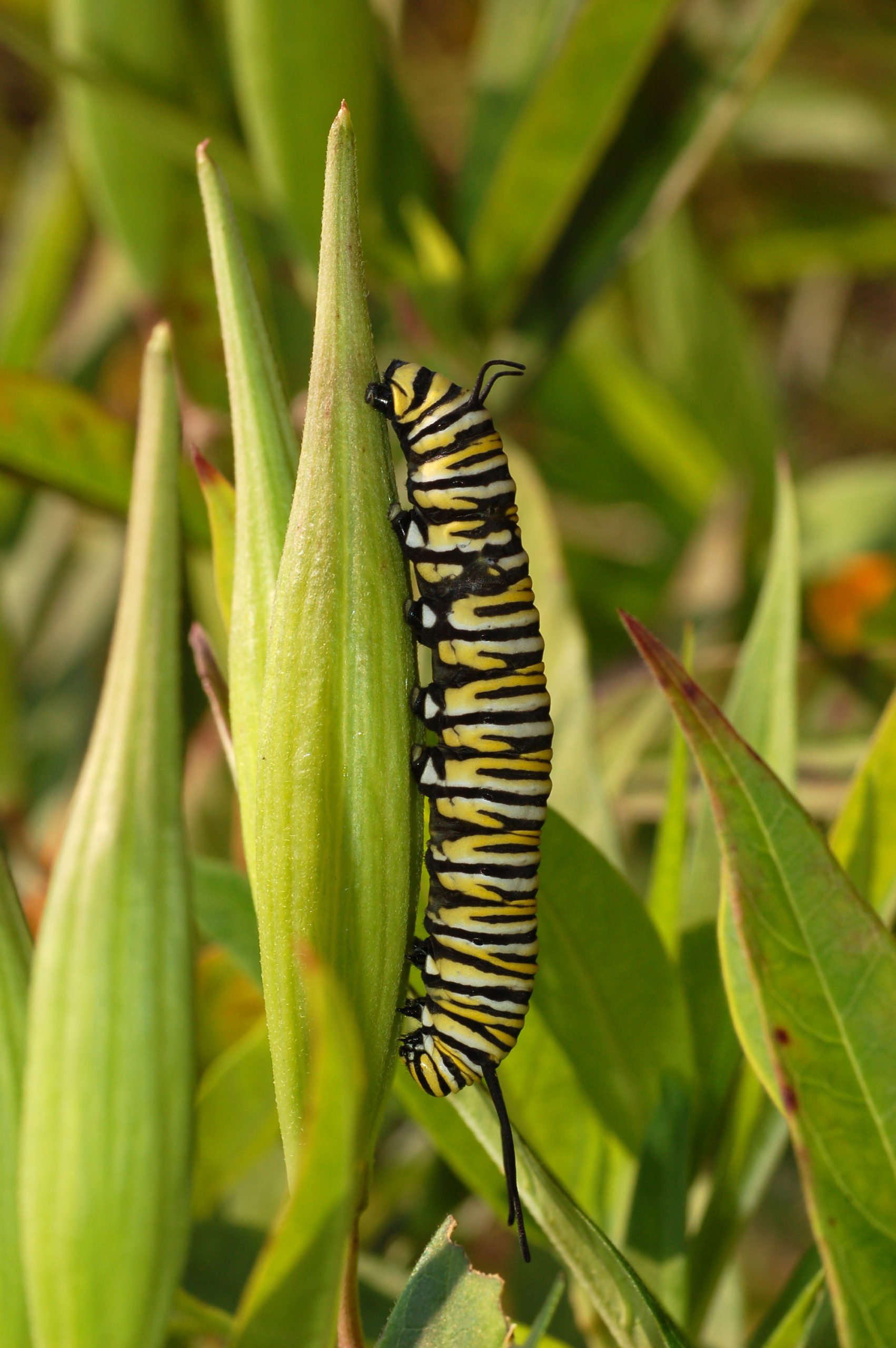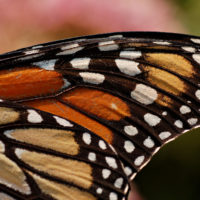
THIS EVENT HAS BEEN CANCELLED.
Owing to the overwhelming evidence that some nonnative species can wreak havoc on native ecosystems, it’s not surprising that conservationists often follow an inflexible dichotomy: native equals good and nonnative equals bad. However, there are other theories and opinions that argue some nonnatives provide beneficial ecological functions that should not be ignored especially in our human altered natural world.
Donna Thompson in Harford County counts herself among this group. She is on a mission to help the monarchs. Starting with the traditional suite of host plants, Donna’s efforts were yielding minimal results. However, when she planted the milkweed native to New Zealand, which is an annual species in Maryland, the monarchs couldn’t get enough.
Let’s not forget that the honeybee is not native to North America, or black-eyed Susans native to Maryland, though they are the state flower.
In
a paper published in Conservation Biology, Scientists argue for recognizing the ecological value of some introduced species. “We predict the proportion of non-native species that are viewed as benign or even desirable will slowly increase over time,” they write. They stress that they are not calling for every introduced species to be protected, or even tolerated. Instead, they hope the conservation community will at least consider the possibility that introduced species can do some good.
Many people disagree.
And that is OK. So let’s discuss, and learn more. See the excerpt from an article in Nature below.
NOTE: Donna is aware that there are studies suggesting that the tropical milkweed with “harbors OE spores.” This is from Florida where the plants live through the winter. In northern states, these plants are annuals. They die off over the winter and we start fresh in the spring. The other theory is Monarchs delaying migration because the plants are so healthy it encourages the monarchs to hang around. The answer is to simply pull the plants out in September so they will be on their way.
NHSM is not taking a position one way or the other – only providing information.
Non-natives can be beneficial by, for example, providing habitat for endangered native species (Schlaepfer et al. 2010). One commentator has argued, “It’s hard to imagine a New England roadside without its tawny day lilies and Queen Anne’s lace, yet both these species are aliens marked for elimination. . . Could it be these plants have actually improved the New England landscape, adding to its diversity and beauty?” (Pollan 1994). We should also note the vast benefits to humans of the imported, non-native species used in agriculture. Moreover, identifying non-natives with damaging invasives ignores that native species can also be damaging and invasive. For example, the native Mountain pine beetle (Dendroctonus ponderosae) “is currently suspected to be killing more trees than any other [insect] in North America” (Davis et al. 2011). While it is true that we know what to expect with native species in their native habitat and do not know what to expect with alien species in new habitats (Gould 1997), the equation of non-native species with damaging invaders is overly simplistic.I suggest we understand native species as species that have significantly adapted in response to resident species and the local abiotic environment. By adapted I do not mean “positively fit in” — aggressively competing is as much adapting as is establishing symbiotic relationships. Natives will have forged ecological links with other natives (via predation, commensalism, and other forms of interaction) and perhaps responded evolutionarily as well.
NOTE: This meeting will be hybrid meaning you may attend in person at the museum or tune in online via Zoom. Please select your preference when checking out.
All are welcome. If you love butterflies and moths, consider joining the Lep Club. The Lep Club, is made up of novice and expert lepidopterists who meet to exchange knowledge and support concerning habitat, threats, food sources, identification, and life cycle of butterflies and moths. Club meetings encourage a sharing of knowledge for the raising and breeding of moths and butterflies through hands-on lessons and guest speakers. Club members are also involved in outreach in the greater Baltimore community through educational programs and service projects. Club meetings feature a guest speaker that share their knowledge on a topic related to moths and butterflies as well as time to distribute caterpillars and eggs.
To learn more about all NHSM Clubs:
https://youtu.be/pIA7naRjXws
To become a member:
https://www.marylandnature.org/club-membership/
